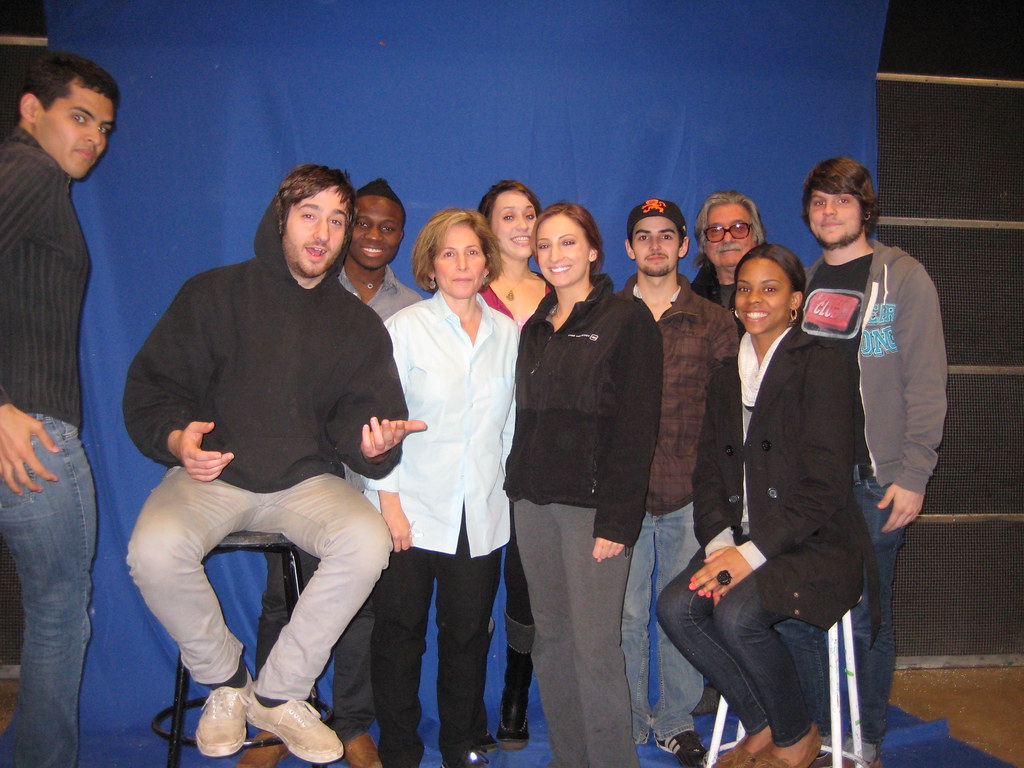The philosopher Michel de Certeau, wrote a book called "The Practice of Everyday Life" which is on the Locative Media Bibiligraphy that was published by the Leonardo (MIT) eJournal.
In this book, he says that "space is a practiced place." What he means by that, is that urban planning writes a specific meaning onto place. The direction of roadways, the areas of division in economic strata (where rich people live, where poverty lives etc), the location of the city functions (post office, hospital, train station, etc). So, what de Certeau is saying is that place becomes space when it becomes active, when it becomes inhabited. The daily action of everyday life, in all its detail, shifts the meaning of place from its monolithic, static meanings, to those that are human, social, fluid, always changing. Even our experience of place is determined by how long we are in a location. "Thus the street geometrically defined by urban planning is transformed into space by walkers." "Space as a practiced place, admits of unpredictability." "If space is like the word when it is spoken, then a single place will be realized in successive, multiple and even irreconcilable spaces." Think of Patrick's score..."In comparing 'pedestrian processes to linguistic formations" de Certeau states that.. to walk is to lack a place." Think of Patrick's score done again as a walking score in the city...
The anthropological understanding of place, is "formed by the individual identities, through complicities of language. local references, the unformulated rules of living know-how" (Auge/reading p.9), where one's location or position is known. Non-place is produced by passing-over place. Non-place designates two complementary but distinct realities formed in relation to certain, say, mobile or transitory ends (transport, transit, commerce, leisure) and relations that individuals have with these places. For example, the train station: all the people who pass through it, sometimes regularly, as in commuters, and those people who work there - selling tickets, working at the coffee shop, cleaning up, etc.
On page 11 of the reading is an important point:
Place and non-place re rather like opposed polarities: the first is never completely erased, the second never totally completed; they are like palimpsets on which the scrambled game of identity and relations is ceaselessly rewritten. But non-places are the real measure of our time. (Auge 1995)
A palimpset is a paper that has been written on twice, the original having been wiped out.
One Neighborhood Narratives project by a student at NYU addressed the Palimpset:
The project, titled Palimpsest FM, consisted of a device that houses a hidden speaker which plays back the sounds of the same spot from an earlier time, anywhere from thirty seconds to a day before. The replayed recording serves as an audio version of a palimpsest, a proof of what had been there before. Using sound as her medium, the student created a nearly seamless overlapping of past and present where the sounds of today cannot be discerned from the sounds of the past. Like a palimpsest, it will be unclear where the past ends and the present begins.
Gaston Bachelard (in his book, Poetics of Space) speaks of centering oneself in stable surroundings, but if your surroundings are constantly in flux (and also incidentally not just your surroundings) like they are in New York, it is no wonder a sense of ontological anxiety can result. New York City has often been described as a place where the physical environment changes so quickly that rebuilding without being able to erase what came before it becomes very obvious to anyone who has lived there
long enough to call New York their home. “You’ve become a New Yorker once you have the urge to point out a place and say, “that used to be . . .” The “that used to be . . .” that every New Yorker expresses is part of the inerasable past that is being built over, it is an expression of memory of a piece of their home and consequently a piece of their identities that is gone but not forgotten. It is embodied in the senses. The urge to tell others what used to be is an attempt to reassert one’s identity and the home they had carved out of the city. This project serves as another means of describing the “that used to be.” But instead of
subjectively telling the narrative of one person’s New York, it objectively captures what the place witnessed. The audio palimpsest played back in this project serves as a kind of memorial of what used to be in the immediate past. It stands to
commemorate the same everyday New York that its citizens quietly mourn when it is torn down and built over. It memorializes the trivial happenings that many may overlook, but still plays an important role in a place’s narrative and consequently a
person’s identity. By placing Palimpsest FM in Washington Square Park under the shadow of the statue of Garibaldi and the Washington Arch, a comparison can be drawn between the monuments that commemorate the selective history of the
victors to one that records and replays all voices of the city equally. The neighborhood narrative can then become more complete as it plays back everything it hears.
The original prototype for this project was made with a recording device in one of those "record your own message" talking greeting cards.
The last mention from the Site-Specific reading is the last paragraph where it says, "It is in such contexts that site-specific art frequently works to "touble" the opposition between the site and the work. Trouble is meant as critique, question, or to even create a problem, but all with the aim of heightening the exchange between the site and the work.
Tuesday, October 6, 2009
Subscribe to:
Post Comments (Atom)




No comments:
Post a Comment